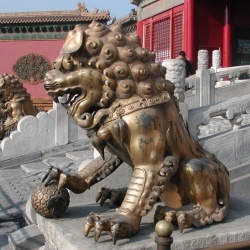
There is great concern about China’s real-estate and infrastructure bubbles. But these are just short-term challenges that China may be able to spend its way out of. The real threat to China’s economy is bigger and longer term: its manufacturing bubble.
By offering subsidies, cheap labor, and lax regulations and rigging its currency, China was able to seduce American companies to relocate their manufacturing operations there. Millions of American jobs moved to China, and manufacturing became the underpinning of China’s growth and prosperity. But rising labor costs, concerns over government-sponsored I.P. theft, and production time lags are already causing companies such as Dow Chemicals, Caterpillar, GE, and Ford to start moving some manufacturing back to the U.S. from China. Google recently announced that its Nexus Q streaming media player would be made in the U.S., and this put pressure on Apple to start following suit.
But rising costs and political pressure aren’t what’s going to rapidly change the equation. The disruption will come from a set of technologies that are advancing at exponential rates and converging.
These technologies include robotics, artificial intelligence (AI), 3D printing, and nanotechnology. These have been moving slowly so far, but are now beginning to advance exponentially just as computing does. Witness how computing has advanced to the point at which the smart phones we carry in our pockets have more processing power than the super computers of the ’60s—and how the Internet, which also has its origins in the ’60s, went on an exponential growth path about 15 years ago and rapidly changed the way we work, shop, and communicate. That’s what lies ahead for these new technologies.
